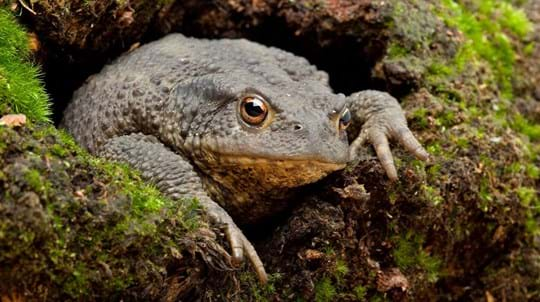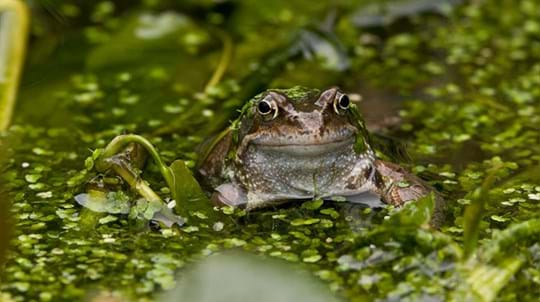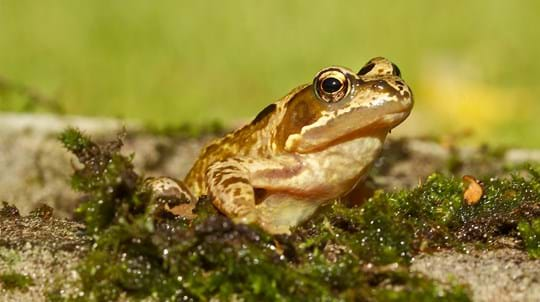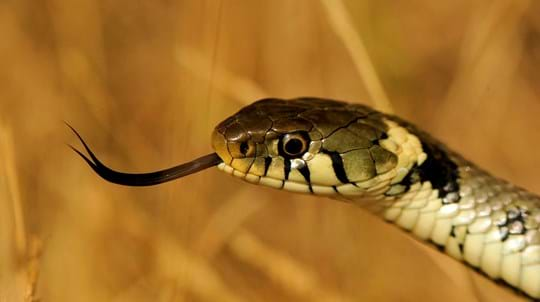
Nature's Calendar
Help monitor the effects of climate change on wildlife near you. Your records contribute to a growing body of evidence on global warming.
Add your wildlife recordings
Content editor
Spring is the perfect time of year to start spotting some of our native amphibians. Breeding season is upon them, and they're clustering around ponds in hope of finding a mate.
In the winter months, our frogs, toads and newts were hibernating in compost heaps, piles of dead wood or at the bottom of ponds. But as temperatures warm, they wake up and re-emerge.
Around this time of year, you'll be able to see some of your local amphibians as they congregate around ponds to mate. This process kicks off a new rotation of their lifecycle.
As the amphibians gather, every male attempts to claim a female. For frogs and toads, the males will clamber on top of the female in shallow areas of water. This causes the female to lay her eggs - up to 5,000 of them! These are promptly fertilised by the male.
Newts do it differently, with the male having to prove his worth by shaking his tail. If the female is suitably impressed, he's allowed to mate with her. He presents her with a sperm-filled bubble, which she picks up to fertilise her eggs. After a few days, she starts to lay up to 12 a day. She may lay as many as 400 eggs in a season, each placed carefully under the leaves of aquatic plants.
In all amphibians, eggs hatch after one to three weeks depending on water temperature. The resulting tadpoles initially live off the yolk that stays with them, but after a few days, they need to feed. Frog and toad tadpoles feed on plant matter, whilst newt tadpoles eat microorganisms like freshwater plankton.
Tadpoles have to undergo huge physiological changes to survive on land. This physical development process is called metamorphosis. The external gills become internalised, and their lungs develop.
Eventually, the gill structures entirely vanish. This happens much earlier in frogs and toads than in newts. Limbs also form in this stage. Hind limbs are first in frogs and toads; front limbs appear first in newts.
Frogs and toads continue to grow and change as their lifestyle completely changes, but newts stay more constant.
Find a wood near you with ponds or streams and see how many amphibians you can spot!
The Nature’s Calendar project tracks the effects of weather and climate change on wildlife across the UK – its records date all the way back to 1736! First sightings of frogspawn and tadpoles are among 69 wildlife species recorded for the project.
Join Nature’s Calendar to record what you see – every record is crucial and valid. The data recorded helps us to better understand the effects of climate change and other patterns in the natural environment. By taking just a few minutes to share your sightings, you'll be adding to hundreds of years' worth of important data. We couldn't do this work without you!

Help monitor the effects of climate change on wildlife near you. Your records contribute to a growing body of evidence on global warming.
Add your wildlife recordings
Blog
Charlotte Varela • 23 Feb 2024

Blog
Karen Hornigold • 18 Apr 2019

Blog
Rachel Hoskins • 18 Mar 2019

Trees woods and wildlife
Explore more about these cold-blooded creatures that live along woodland edges, glades, ditches and ponds.